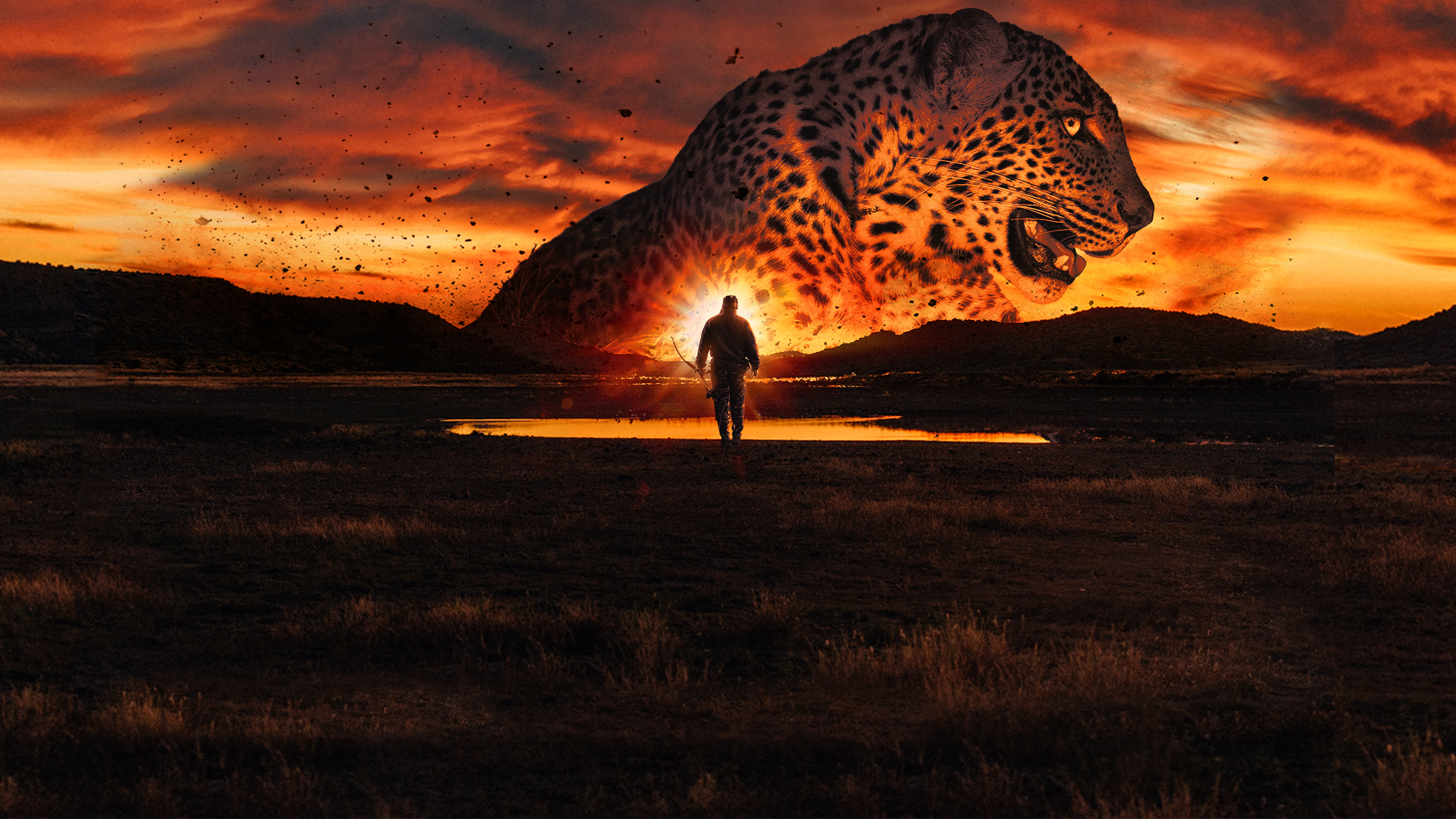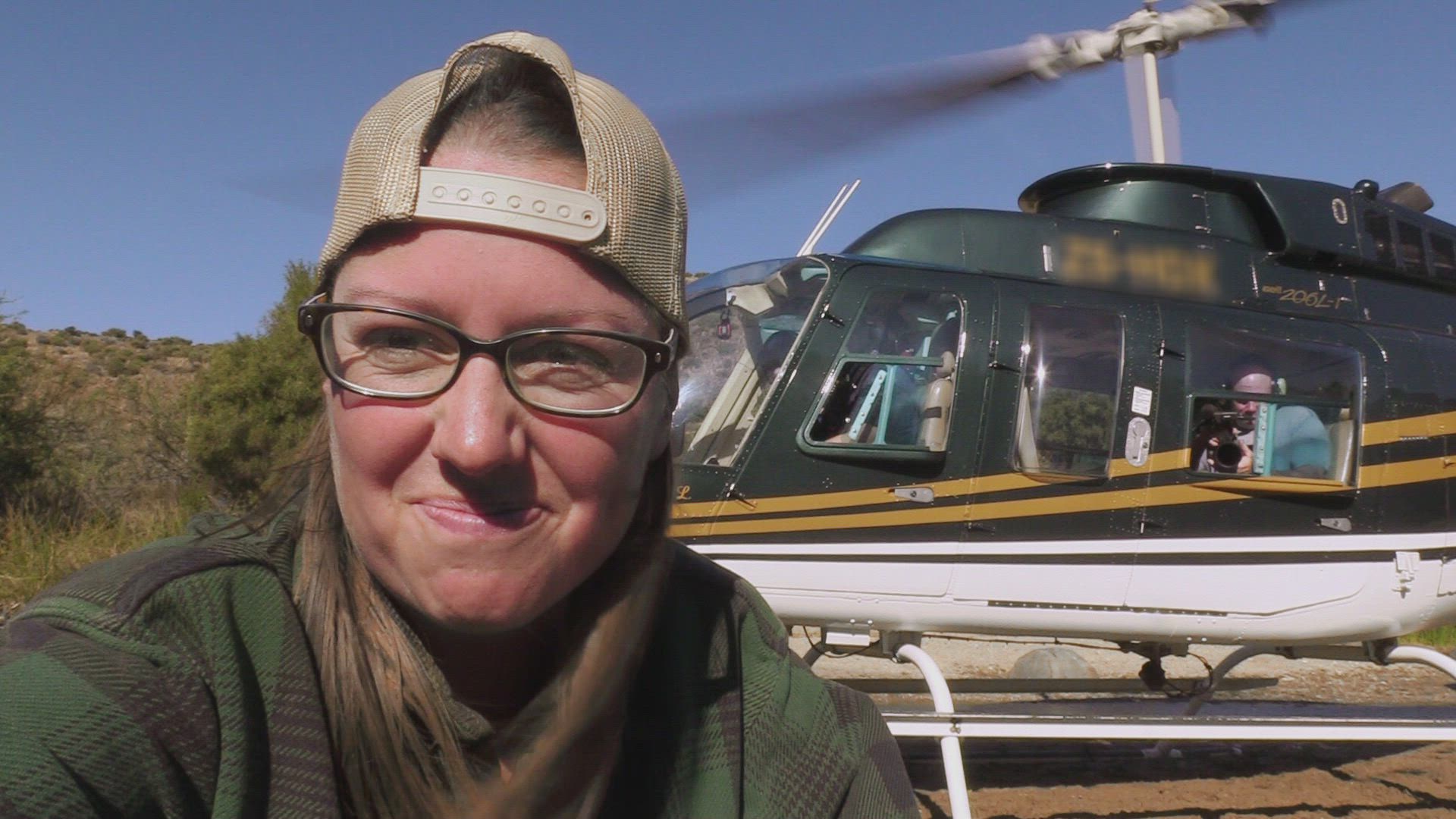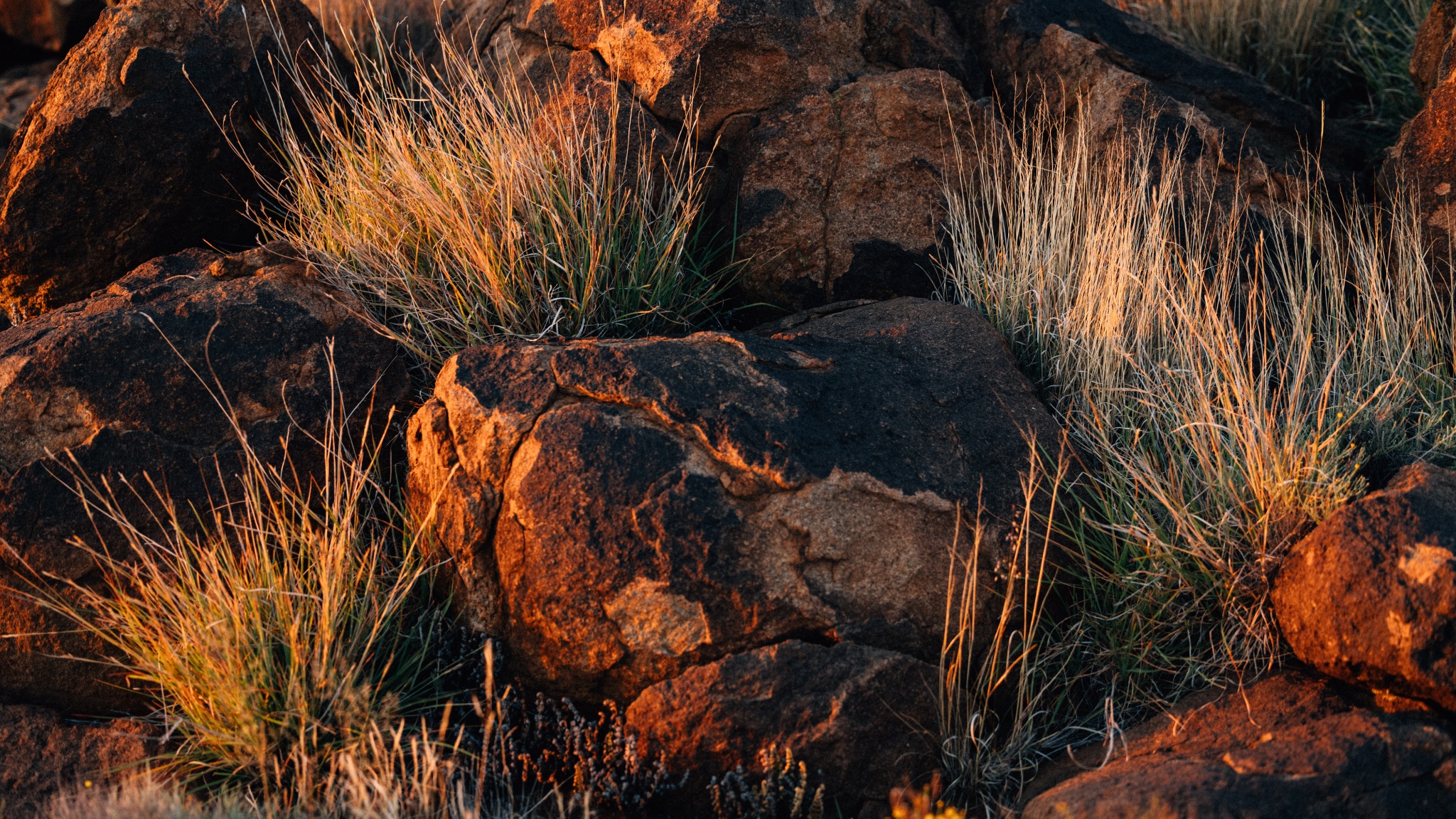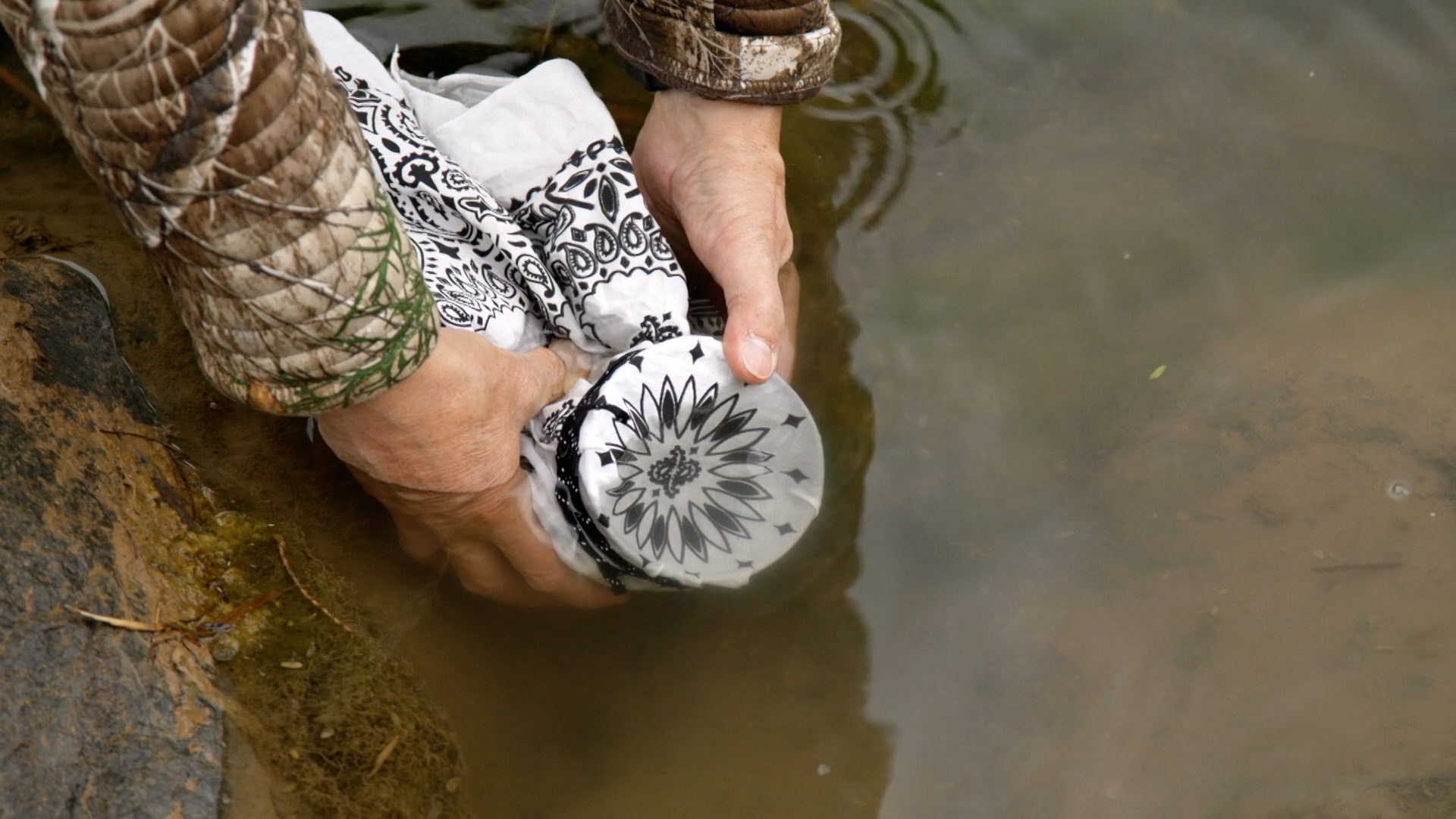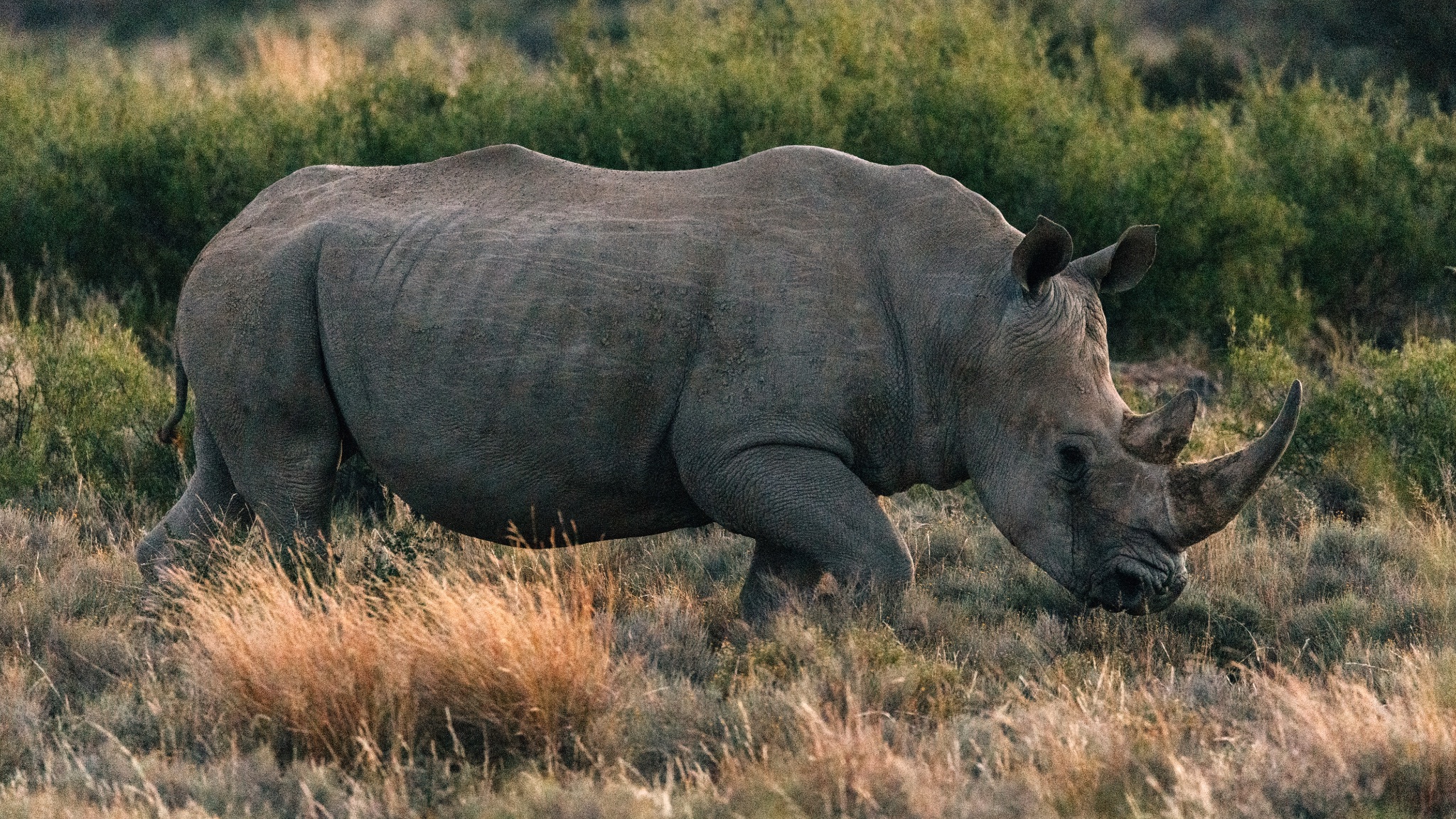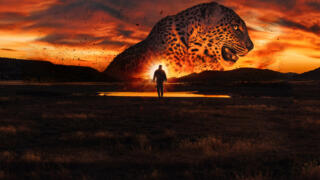Each season, 'Alone' finds a challenging new location to test contestants’ survival skills. Season 12 moves the action across the globe to South Africa’s Great Karoo region. Not only does this mark the series’ first time filming in Africa, it’s also the first time the show has been shot in a semidesert environment. This wild, beautiful and remote location could pose serious new challenges for season 12 contestants.
*Want to find out more about Season 12? Keep checking this page for new info and exclusive videos!
Where is the Great Karoo, and what is it known for?
The Great Karoo is a vast and untamed semidesert located in South Africa’s Western Cape Province. The area has long been inhabited by the Indigenous and nomadic Sans and Khoekhoe [aka Khoikhoi] people. While the Sans have traditionally been hunters and gatherers, the Khoekhoe adopted a more pastoral lifestyle, raising cattle and sheep, which remains a common practice in the region today.
Some sources say the Great Karoo takes its name from the Afrikaans word karo, which means hard or dry, and typically refers to high, semi-arid plateaus in South Africa, while others claim it’s derived from an ancient San or Khosian word meaning “land of thirst.” Whatever the origins or its name, the Great Karoo is known today as one of the world’s most expansive natural environments.
What’s the Karoo’s climate and terrain like?
Approximately 400,000 square kilometers, or 150,000 square miles in size, the Great Karoo is composed of a larger, hillier area referred to as the Upper Karoo, and a smaller, flatter basin known as the Lower Karoo. Its unique geography was shaped by an ice age 320 million years ago, epic volcanic activity 180 million years ago and ongoing erosion. Great Karoo encompasses geological extremes, from the rocky cliffs of the Cape Fold Mountains to savannahs, grasslands, desert areas, as well as the region’s iconic flat-topped hills, called koppis, which appear as if they’ve randomly popped up amid the harsh African plains.
Despite its arid climate, the Great Karoo also has some natural water sources. Canyon rivers, streams and deep ravines formed by hundreds of thousands of years of erosion cut through the landscape, sometimes leading to lakes and underground lakes.
The Great Karoo’s arid conditions and low annual rainfall average of just 16 inches in the east to a mere 4 inches in the west make it hospitable to succulents like aloes, crassulas and other plants—some of which are edible—that thrive in a semidesert environment. Along with its low rainfall, the Great Karoo is known for clear skies and both extreme heat and extreme cold.
While daytime temperatures vary by location, averaging in the upper 70s or low 80s, winter lows can drop below freezing, while summer highs have been known to exceed 100 degrees Fahrenheit. Despite the dry climate, there are occasional thunderstorms and sometimes it even snows on the mountains in winter.
Over the millennia, the area’s unique geology, climate and location have created a treasure trove of well-preserved fossils that lure archeologists from around the world.
Beautiful but dangerous territory
Seeing majestic beasts in their natural habitat can be a breathtaking experience. But the Great Karoo poses multiple threats to Alone’s competitors—and not just from the extreme conditions or the snakes, scorpions and other dangerous wildlife.
Dehydration is a very real danger, especially if a contestant can’t locate or safely reach a natural water source. Even lightning is a potential threat, since there’s nowhere to seek shelter.
The presence of both diurnal and nocturnal poisonous snakes means snake bites can happen at any time of day or night, but being isolated in the wilderness makes it harder to get antivenom, if needed. Access to any medical attention is exponentially difficult in the Great Karoo.
While every competitor on Alone: Africa will face extreme challenges and risks posed by the wilderness, they’ll also get to take in some of nature’s most beautiful vistas.
Wildlife of the Great Karoo
The Great Karoo encompasses small towns, several wildlife preserves and South Africa’s Karoo National Park, which alone is home to 57 different mammals from aardvarks to cape mountain zebras, including lions, meerkats, black rhinos, vervet monkeys, black-backed jackals, caracals, baboons and several types of mongoose. Antelope, blue cranes, hyrax, wildebeest, impalas, cape buffalo, giraffes, leopards and warthogs also roam the area. Some animals, like elephants, are being re-introduced in an effort to restore the Karoo’s natural ecosystem.
Scorpions thrive in the region’s dry climate and rocky terrain. While competitors need to be wary of poisonous scorpions, Karoo burrowing scorpions (named for the area) are only mildly poisonous.
Reptiles found in the Great Karoo include the Karoo toad, a large toad that runs or walks more than it hops, plus tortoises, numerous types of lizards—including Monitor Lizards—and lots of snakes.
While Plain Mountain Adder and Karoo Sand Snakes pose little threat to humans, the region is also home to the golden-colored Cape Cobra, which can survive in the savannahs, grasslands and semidesert conditions of the Great Karoo. Cape Cobra venom is extremely toxic, so anyone bitten by a Cape Cobra requires immediate medical attention. Cape Coral Snakes also thrive in the region’s stony outcrops, arid savannahs and the Karoo scrub; they are venomous, but treating post-bite symptoms is the only remedy since an antivenom is not available.
Mosquitoes might be small, but can spread diseases like malaria, dengue fever and West Nile virus, making them just as dangerous as the larger game animals roaming the Karoo.
